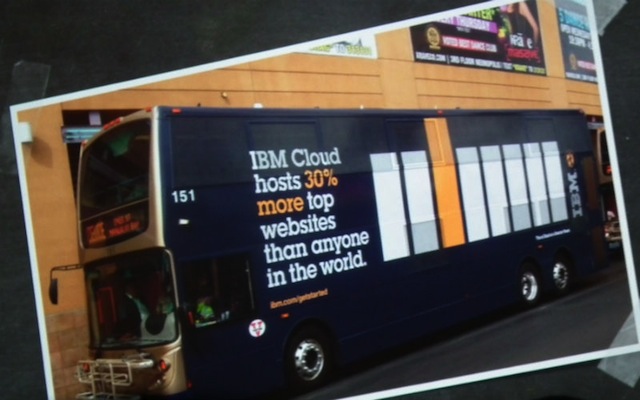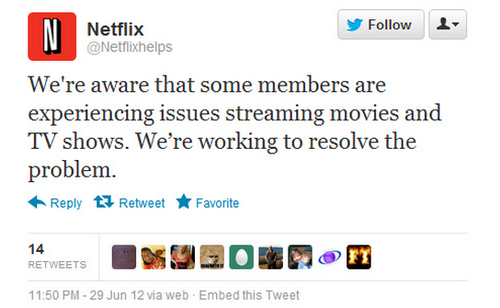I Love the Cloud: My Never-Ending Journey with AWS
 [GUEST POST] I started exploring the cloud computing world around 5 years ago, and I must admit that my initial understanding of the cloud was a disaster. At first, it was difficult to find a comprehensive definition, but I finally settled on one from the National Institute of Standards & Technology (NIST). It clearly defined the cloud’s attributes and models, and removed my doubts regarding what falls under the cloud umbrella. The experience that I had finding this definition made me realize that I wanted there to be an easier way for others to find it, as well. Therefore, I decided to create my own list of cloud guidelines. This was a turning point in my cloud journey, as it pushed me to teach many students and IT professionals about cloud computing.
[GUEST POST] I started exploring the cloud computing world around 5 years ago, and I must admit that my initial understanding of the cloud was a disaster. At first, it was difficult to find a comprehensive definition, but I finally settled on one from the National Institute of Standards & Technology (NIST). It clearly defined the cloud’s attributes and models, and removed my doubts regarding what falls under the cloud umbrella. The experience that I had finding this definition made me realize that I wanted there to be an easier way for others to find it, as well. Therefore, I decided to create my own list of cloud guidelines. This was a turning point in my cloud journey, as it pushed me to teach many students and IT professionals about cloud computing.
Stumbling upon AWS is inevitable when discovering the cloud, and just as with the cloud, my first interaction with AWS was not simple, either. I remember the moment of “Eureka!” that came after I was finally able to launch an EC2 instance and deploy a simple application. Sometimes, I laugh at the sheer joy I experienced from such a small achievement, but I realize that this was a stepping stone in my AWS journey and my love for Amazon. I am now able to manage bigger AWS cloud infrastructures, and I’ve consulted for and successfully designed various Amazon projects. I’ve conducted sessions on how to scale applications and how to make scalable applications using Amazon.
I see that two things have remained steady over the past few years: continuous innovations at AWS and my love for AWS. AWS has always kept me motivated to learn new things with its consistent new offerings, and I’d like to share the reasons that I believe make it the immense influence on the cloud that it is today.
(more…)

 The
The 



 The cloud enables great agility and can reduce costs if used right. But does it also manage risk? In fact, the cloud contains the same traditional hosting risks as well as specific related risks to your production environment running on the cloud.
The cloud enables great agility and can reduce costs if used right. But does it also manage risk? In fact, the cloud contains the same traditional hosting risks as well as specific related risks to your production environment running on the cloud.
 I believe that this is the year when the enterprise will find its way to the cloud.
I believe that this is the year when the enterprise will find its way to the cloud.